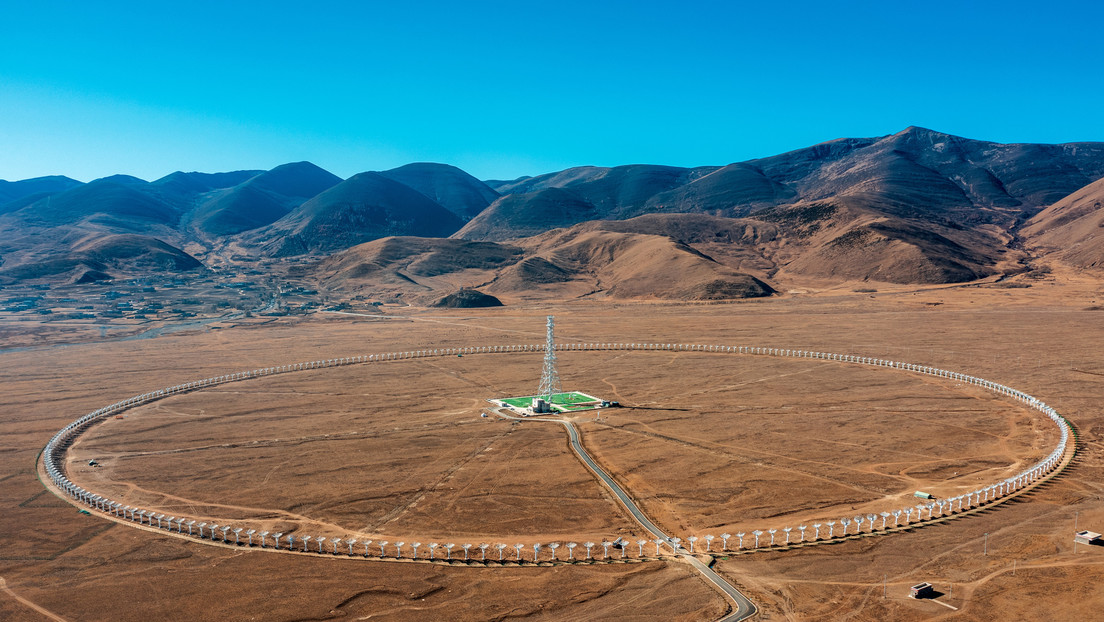 Engineers commissioned to finish assembling the final hardware parts on the Daocheng Solar Radio Telescope (DSRT) on the edge of the Tibetan plateau in China completed the task last Sunday. This is the largest set of radio telescopes in the world to study eruptions in the Sun’s outer atmosphere, reported Monday in Nature.
Engineers commissioned to finish assembling the final hardware parts on the Daocheng Solar Radio Telescope (DSRT) on the edge of the Tibetan plateau in China completed the task last Sunday. This is the largest set of radio telescopes in the world to study eruptions in the Sun’s outer atmosphere, reported Monday in Nature.
The enormous ring of more than 3 km of perimeter consists of 313 radio satellite antennas that will be tested next June. The observatory built over the past three years, at a cost of $14 million, will help researchers study how solar flares affect conditions around the Earth."We are entering the golden age of solar astronomy, as we have many important solar telescopes in operation," says Maria Kazachenko, a solar physicist at the University of Colorado, USA.
In the coming years the Sun will enter a very active phase and the radio frequency data collected by the DSRT will complement those collected by telescopes working in other frequency bands. Commenting on China’s solar study investments in recent years, Hui Tian, a solar physicist at Beijing University, said his country "now has instruments that can observe all levels of the Sun, from its surface to the outermost atmosphere".
https://mf.b37mrtl.ru/actualidad/public_images/2022.11/original/6373d90859bf5b69cf61b49e.jpg
Radio telescopes such as DSRT are useful for studying activities in the upper atmosphere of the Sun, corona, solar flares, and coronal mass ejections (CMEs). When high-energy particles released during a CME rush to Earth, the resulting "space weather" can damage orbiting satellites and disrupt electrical networks on Earth. "With an increasing number of satellites in space, there is a growing need to better forecast space weather," says Ding Mingde, a solar physicist at Nanjing University, China.
According to Jingye Yan, chief engineer of DSRT, the new radio telescope has a wide field of view, at least 36 times larger than the disc of the Sun, which will allow the telescope to follow the development of CMEs and observe how high-energy particles propagate through space. " With this information, we can predict whether and when coronal mass ejections will reach Earth," Yan said.
DSRT antennas will have high sensitivity and will capture weaker signals from high energy particles. These could go unnoticed for other sets of radio telescopes that observe in the same frequency range, from 150 megahertz to 450 megahertz, but with fewer antennas. This would be the case with the Nançay radioheliograph in France, which has only 47 antennas, Yan said. He also stressed that DSRT observation data will be available to international researchers.
China’s National Space Science Center, which oversees DSRT’s operation, plans to open the telescope at night for other types of observation, such as pulsar research. In 2026, China hopes to have a new optical telescope built on the Tibetan plateau in Sichuan ready. (Text and photos: RT in Spanish)